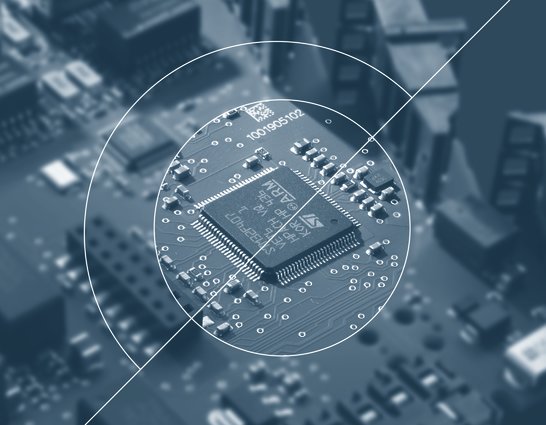Special
Why FPGAs? - The own programmable chip
Today, the properties of FPGAs enable developers of embedded systems and devices to create completely new implementation paths and performance classes for their devices. You can read about these here.

FPGA chips are used in electronic devices to realize complex logic operations. Unlike ASICs, the logic operations in FPGAs can be programmed. That is, FPGA manufacturers such as Altera, Xilinx and others produce generic chips with a set of logic gates and basic functions. The developer can specify by programming how these logic gates are linked together on the chip. So the chip is wired by programming, so to speak.
The aforementioned properties of FPGAs today enable developers of embedded systems and devices to create completely new implementation paths and performance classes for their devices.
Suppliers of automation systems have recently started to offer users the outsourcing of PLC functions directly to the FPGA chip. This makes the processing of logic operations orders of magnitude faster than with conventional microprocessor-based PLC systems. There are already suppliers who have realized response times from the input to the linked output signal in the microsecond range using FPGA devices.
Properties of FPGAs
FPGAs can always be deleted and reprogrammed. With ASICs, the links for a very specific application have been fixed once and for all and can no longer be changed. In medium quantities, they are also cheaper than their counterparts. However, they offer only a small number of gates per chip. ASICs, on the other hand, are cheaper at high volumes and allow higher clock frequencies.
The programmability of FPGAs, however, requires considerably more chip area. Today, modern FPGAs offer several million programmable logic cells and enable extremely complex circuits. Some types can even be reprogrammed on the fly.
In contrast to the application logic of a microprocessor, FPGAs execute programmed logic operations in parallel. The microprocessor, on the other hand, works sequentially, i.e. one logic operation after the other. This is an enormous speed advantage of the FPGA.

